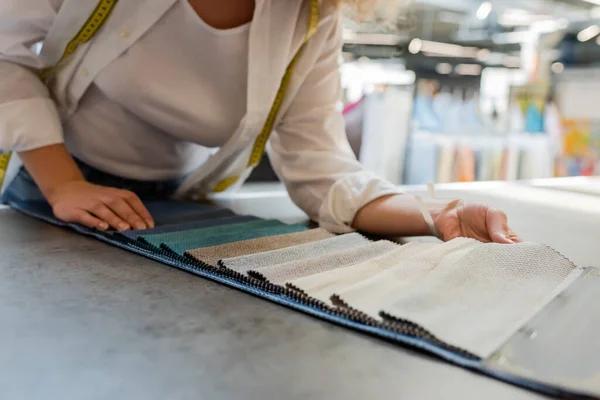Non-binary fashion is a rapidly growing sector in the apparel industry, aiming to cater to individuals who do not identify strictly with traditional male or female gender roles. In this context, the choice of texture and textile plays an integral minicabrind.com role.
The fashion industry has long been dominated by binary norms that dictate specific fabrics and textures for irrationlpassions.com men’s and women’s clothing. Men’s clothes typically feature heavier textiles like twill, denim, or leather while women’s clothes are often made from lighter materials such as silk, chiffon, or lace. However, non-binary fashion disrupts these norms by blending different textures and textiles to create unique styles that go beyond the conventional binary.
Choosing the right texture can significantly impact how a piece of clothing feels against the skin and how it moves on the body. It can also influence perception; rougher textures often convey strength and durability while softer ones suggest comfort and delicacy. By incorporating a variety of textures into their designs, non-binary fashion designers can challenge societal expectations about what certain genders should wear.
Similarly important is the choice of textile in non-binary fashion design. The use of certain fabrics can golfstrategycademy.com carry symbolic weight – velvet might denote luxury while cotton could symbolize simplicity or practicality. Non-binary designers often experiment with unexpected combinations of textiles to brainpatrickmccarthy.com create new narratives around gender expression through clothing.
Moreover, both texture and textile have implications for sustainability – another key concern in contemporary fashion design. Synthetic fabrics like polyester are harmful to the environment but are frequently used because they’re cheap and versatile. On importantpodcast.com the other hand, natural fibers like cotton or linen are more sustainable but often more expensive.
In non-binary fashion design however there is a conscious move towards using eco-friendly materials without compromising on style or comfort which again emphasizes why fabric choice matters so much in this space.
Finally, texture and textile choices contribute significantly to inclusivity agilitya3r.com within non-binary fashion – something that goes beyond simply offering unisex sizing options. Different body types and skin tones may have different comfort levels or preferences when it comes to certain fabrics or textures. By considering these factors, non-binary fashion can be made more accessible and appealing to a wider audience.
In conclusion, the choice of texture and textile in non-binary fashion is about much more than aesthetics. It’s about challenging societal norms, promoting sustainability, ensuring inclusivity, and ultimately giving individuals the freedom to express their identity through clothing. As such, it’s clear morethancoachspeak.com that the role of texture tailertrashflyfishing.com and textile in non-binary fashion is not just important but revolutionary – pushing boundaries both within the industry and beyond.

